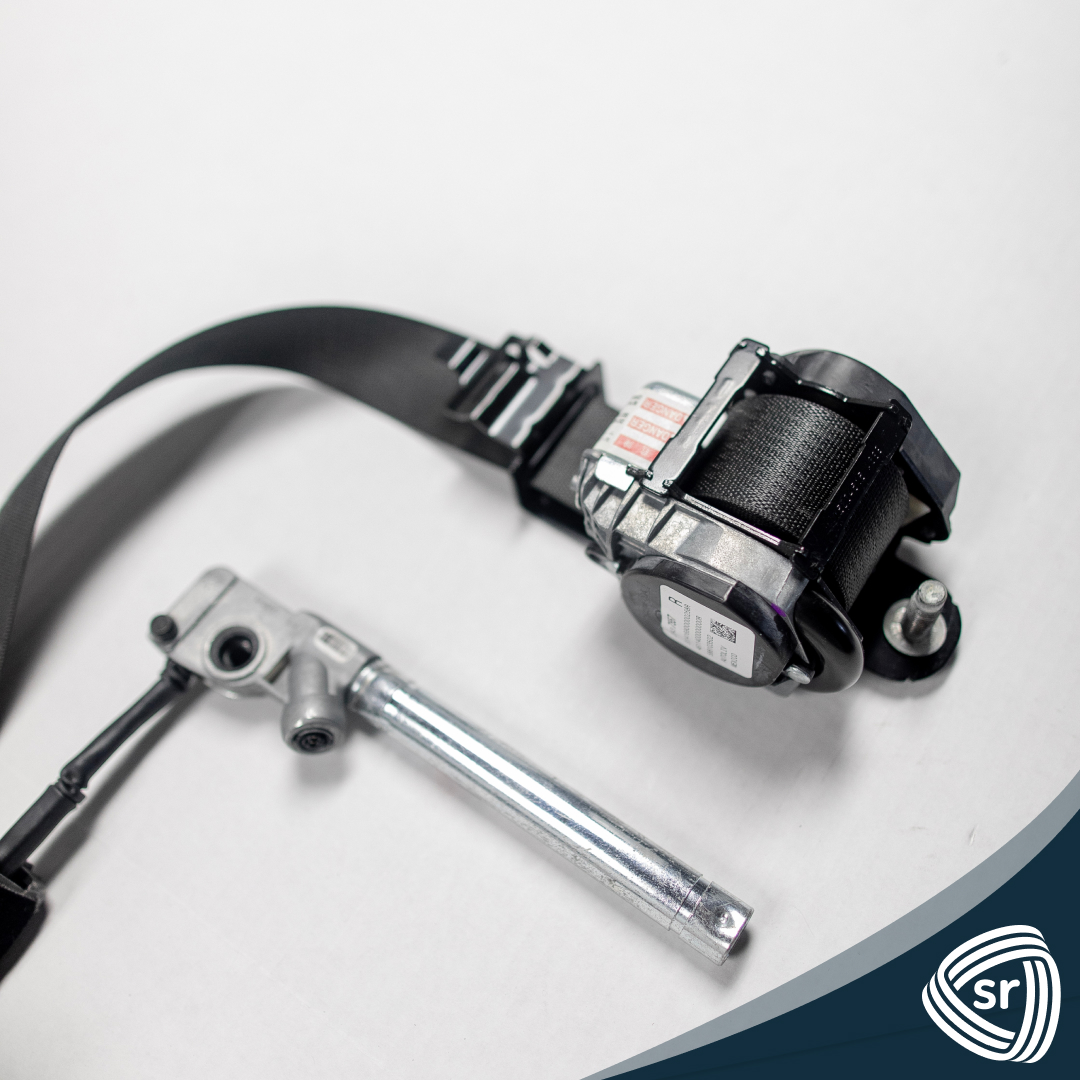While seat belts date back to the 1800s, they were only used by a minority of Americans. However, thanks to general education and awareness, almost all drivers on the road today strap on their seat belts before hitting the road.
That being said, over the years when accidents have occurred, almost half of all those who died were not wearing seat belts. In other words, these individuals could’ve survived if they had just worn their seat belts. In fact, a study in 2017 alone revealed that half of the 37,000 individuals who died in car crashes did not wear a seat belt.
Did that statistic surprise you? If so, there are many other seat belt statistics to prove that seat belts save lives:
1. Seat Belts Save Over 15,000 Lives Annually
In 2017 alone, seat belts saved more than 15,000 lives. This figure is quite staggering if you consider that the National Highway Traffic Safety Administration (NHTSA) estimates that 100 to 180 individuals die in car crashes every day.
Does this mean you shouldn’t bother buckling up? Absolutely not. In fact, if you don’t buckle up, you are increasing your chances of dying by 25 percent.
2. Seat Belts Are Mandatory for Most Drivers and Passengers in the U.S.
In the United States, seat belts are mandatory for most drivers and passengers. However, that being said, many of them do not always buckle up. In fact, in 2016 alone, only 84.9 percent of drivers and passengers wore their seat belts.
3. The Worst States for Traffic Fatalities Are the States with the Lowest Seat Belt Use
While seat belts do save lives, they aren’t mandatory in all states. Out of the 50 states in the United States, New Hampshire and Arizona are the only two states that don’t require drivers and passengers to wear seat belts.
4. Drivers Failing to Wear Seat Belts Are Responsible for Over Half of All Traffic Fatalities
In the United States, from 1999 to 2013, it was found that drivers and passengers who were not wearing seat belts were responsible for over half of all traffic fatalities. That’s a significant number, wouldn’t you agree?
5. Drivers and Passengers Who Aren’t Wearing Seat Belts Are Responsible for 1.4 Million Traffic Injuries Annually
Between 1999 and 2013, it was found that drivers and passengers who weren’t wearing seat belts were responsible for 1.4 million traffic injuries each year. That’s a staggering number!
6. Seat Belts Can Prevent 90 percent of All Spinal Cord Injuries in Car Crashes
It’s true that wearing a seat belt will not prevent all spinal cord injuries. If a vehicle is moving at high speed and collides with a stationary object, then a seat belt probably won’t help.
However, in most car accidents, seat belts are your best friend. For instance, if you are involved in a car crash that only sustains 50 mph, your chances of sustaining spinal cord injuries will be reduced by 90 percent if you are wearing a seat belt.
Conclusion
Car crashes happen every day. Fortunately, in most cases, the vehicles involved in the crashes are not moving very fast. However, there will be times when vehicles are moving at high speeds, and if the occupants of the vehicle are not wearing seat belts, the outcome could be extremely tragic. For this reason, it’s extremely important to wear your seat belt at all times. If you do, then you’ll have a much better chance of surviving a plane crash if one occurs.
Safety Restore is the world’s leader in post-accident restorations specializing in airbag modules and seat belt repairs. If you are looking for seat belt experts in Westfield to fix your seat belts and more, reach out to us today!


